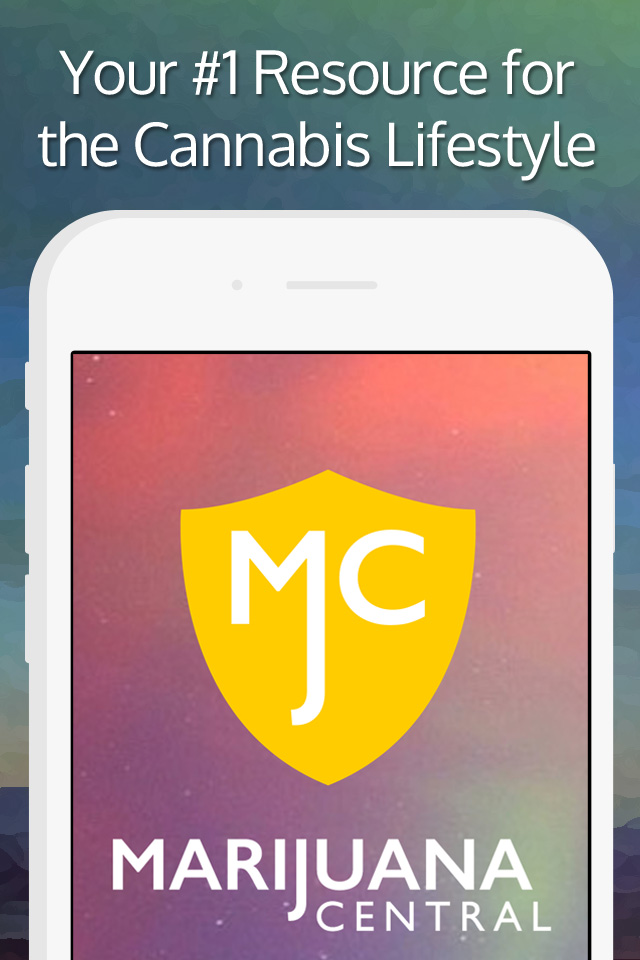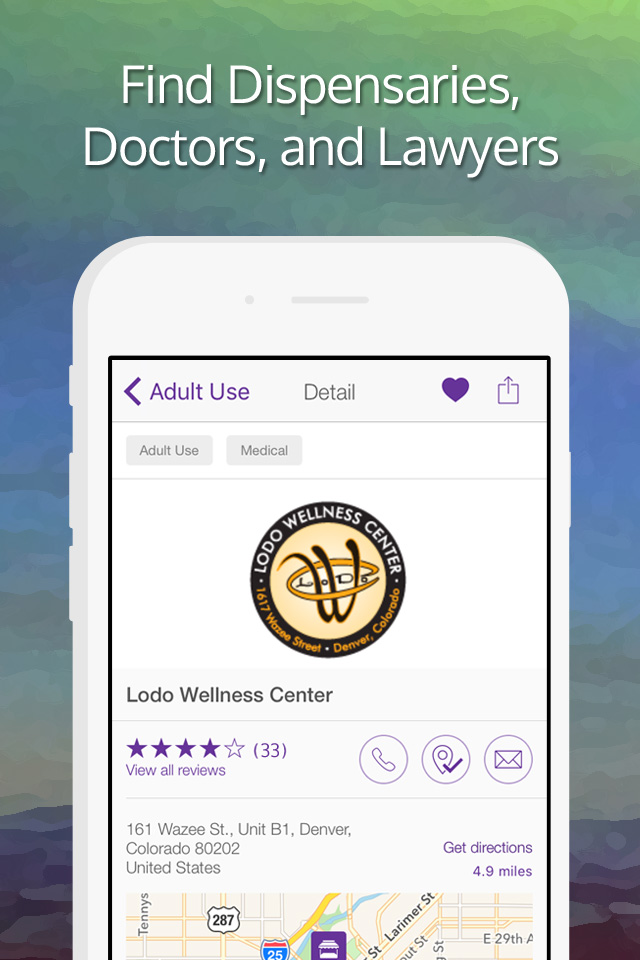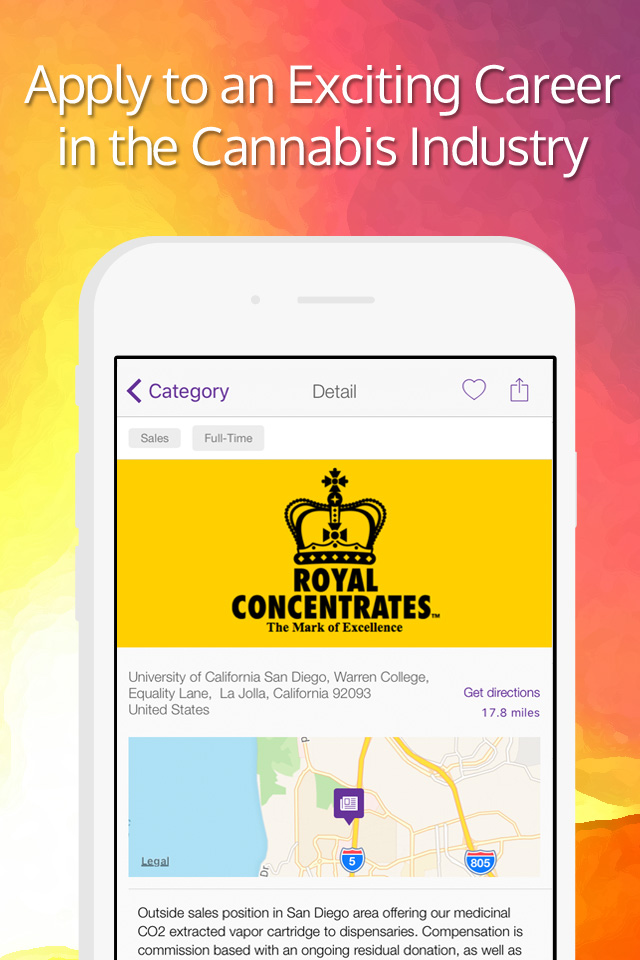Educating Youth About Cannabis
Growing concerns about cannabis use among youth have led to an urgent need for effective education and prevention strategies. At [our organization], we recognize the importance of equipping young people with accurate information about cannabis to ensure their safety and promote responsible decision-making.
Our comprehensive Cannabis Awareness & Prevention Toolkit (CAPT) is specifically designed to address the unique needs and challenges of educating youth about cannabis. Developed by a team of educators, health professionals, and scientists, the CAPT offers evidence-informed resources and interactive activities to empower young people with the knowledge they need to make informed choices regarding cannabis use.
The CAPT takes a responsible and unbiased approach to cannabis education. We provide a balanced view of both the positive and negative aspects of cannabis use, without taking a stance on adult use or legalization. Our goal is to foster awareness, promote responsible use, and empower young people to make informed decisions about cannabis.
Key Takeaways:
- Educating youth about cannabis is crucial for their safety and well-being.
- The Cannabis Awareness & Prevention Toolkit offers evidence-informed resources for effective education.
- The CAPT provides a balanced view of the positive and negative aspects of cannabis use.
- Responsible use and informed decision-making are the main goals of the CAPT.
- By engaging youth with interactive activities, the CAPT aims to empower them with accurate information.
Understanding the Nuances of Cannabis Use
When it comes to cannabis use, there are no simple answers. The topic is filled with gray areas and complexities that require careful consideration. That’s why the Cannabis Awareness & Prevention Toolkit (CAPT) takes a nuanced approach to educating youth about cannabis. Through extensive formative research, conducted with input from health educators, youth, and scientists, the CAPT addresses the specific needs and knowledge gaps of middle and high school students.
The CAPT recognizes that cannabis use is not a one-size-fits-all issue. By understanding the nuances of cannabis use, educators can provide accurate information that resonates with young people. The formative research conducted for the CAPT helps to identify the most important content areas to include, ensuring that the toolkit is tailored to the unique circumstances and experiences of youth.
“Understanding the complexities of cannabis use allows us to have meaningful conversations with youth. By acknowledging the gray areas, we can provide them with the knowledge and tools they need to make informed decisions.”
The Importance of Formative Research
Formative research is crucial in developing effective educational resources. By engaging with educators, youth, and scientists, the CAPT ensures that it addresses the real-life experiences and concerns of young people. This approach allows us to provide accurate information that is relevant and relatable to youth, empowering them to make responsible choices regarding cannabis use.
The CAPT is built on a foundation of evidence-based research and practical insights. By understanding the nuances of cannabis use, we can break through the misconceptions and provide youth with the information they need to navigate this complex issue.
| Gray Areas | Key Considerations |
|---|---|
| The varying potency of different cannabis products | Understanding the potential risks associated with different forms of cannabis |
| The impact of cannabis on brain development | Providing youth with accurate information about the potential effects of cannabis on their developing brains |
| The legal landscape surrounding cannabis | Exploring the differences between state and federal laws and how they impact youth |
| The potential for cannabis to be used as medicine | Educating youth about the medical uses of cannabis and the importance of responsible use |
By acknowledging and understanding these gray areas, we can have open, honest, and meaningful conversations with youth about cannabis use. The CAPT equips educators with the knowledge and resources they need to navigate this nuanced topic and empower young people to make informed decisions.
Building a Comprehensive Toolkit
When it comes to educating youth about cannabis, having comprehensive and engaging resources is crucial. The Cannabis Awareness & Prevention Toolkit (CAPT) goes above and beyond static teaching materials by incorporating interactive activities to keep youth engaged and informed.
Our toolkit builds upon existing resources, including websites, videos, and information sources created by local public health departments and non-profit organizations. By collaborating with key stakeholders in health education, as well as psychologists, physicians, and scientists, we ensure that the content is accurate, relevant, and up-to-date.
To make learning about cannabis an interactive experience, the CAPT includes various resources such as:
- Online quizzes to test knowledge about cannabis facts and effects
- Video presentations by experts in the field
- Virtual reality simulations that allow students to explore the effects of cannabis on the brain
- Group activities that encourage discussions and critical thinking
With these resources, educators can create a dynamic learning environment that sparks curiosity and promotes a deeper understanding of cannabis and its potential risks.

Key Resources Included in the CAPT
| Resource | Description |
|---|---|
| Website | A user-friendly website designed to provide easy access to information about cannabis, its effects, and responsible use. |
| Video Library | A collection of educational videos featuring experts in the field discussing various aspects of cannabis use, including its impact on health and mental well-being. |
| Interactive Activities | A series of interactive activities designed to engage students and promote critical thinking, including online quizzes, virtual reality simulations, and group discussions. |
By utilizing these resources, educators can create a comprehensive and engaging curriculum that empowers youth with accurate information about cannabis and helps them make informed decisions.
Navigating the Complexities of Legalization
The legalization of cannabis has brought about a confusing and complicated landscape, particularly for youth. As the use of cannabis becomes more accepted and prevalent, it becomes increasingly important to provide educational efforts that address the potential risks and promote responsible decision-making.
While research on the short- and long-term harms of cannabis is still developing, there is enough evidence to discuss and educate youth about the potential risks. The Cannabis Awareness & Prevention Toolkit (CAPT) acknowledges the legalization of cannabis for recreational use in many states, but takes a non-judgmental approach. Its focus is on protecting the developing brains of young people during this critical time of brain development.
The CAPT empowers educators to navigate the complexities of legalization by providing them with valuable resources and guidance. By using evidence-based information, educators can help youth understand the potential risks and make informed decisions. With interactive activities and honest discussions, the CAPT ensures that educational efforts are engaging and effective.

Understanding the Impact
Legalization has led to an increase in the availability and accessibility of cannabis products. This shift in the legal landscape can make it difficult for youth to understand the potential risks and consequences of cannabis use. By providing accurate and age-appropriate information, educators can equip youth with the knowledge they need to make informed decisions.
| Common Misconceptions | Facts |
|---|---|
| Cannabis is harmless | Cannabis use can have negative impacts on brain development, mental health, and academic performance. |
| Everyone is using cannabis | While cannabis use may be more prevalent among certain groups, not everyone is using it. |
| Legalization means it’s safe | Legalization does not mean that cannabis is without risks or side effects. |
“Educational efforts need to address the complexities of legalized cannabis and provide youth with accurate and honest information. By empowering educators, we can help youth make responsible choices and navigate the ever-evolving landscape of cannabis use.”
Empowering Adults for Effective Education
When it comes to educating youth about cannabis, adults play a crucial role in facilitating meaningful conversations. This can be a challenging task as misconceptions and misinformation surrounding cannabis abound. However, by equipping adults with the right knowledge and tools, we can navigate these complexities and empower them to have effective educational discussions with young people.
One of the key challenges faced by adults is addressing the common misconception among youth that “everyone is using cannabis.” This perception can make it difficult to convey the potential risks associated with cannabis use, particularly in relation to brain development. To overcome this challenge, the Cannabis Awareness & Prevention Toolkit provides resources and guidance specifically designed to help adults counter misconceptions and emphasize the importance of protecting brain development in youth.
In addition to addressing misconceptions, the toolkit also encourages adults to engage in open and honest conversations that foster critical thinking and decision-making skills. By providing accurate information about cannabis and its effects on health, adults can empower youth to make informed choices about cannabis use. It is important to approach these conversations with empathy and respect, creating a safe and non-judgmental environment where young people feel comfortable asking questions and expressing their thoughts.
Furthermore, the Cannabis Awareness & Prevention Toolkit recognizes that education is an ongoing process. It encourages feedback from educators to continually improve and enhance the content, ensuring that it remains relevant and effective for addressing the evolving landscape of cannabis use among youth. By empowering adults with the knowledge and resources they need, we can foster informed discussions and equip youth with the tools to make responsible choices regarding cannabis use.

The Role of Empathy in Challenging Conversations
Discussing cannabis with young people requires adults to approach the topic with empathy and understanding. By acknowledging and validating their perspectives, adults can create a supportive environment that encourages open dialogue. It is crucial to listen actively, ask open-ended questions, and provide accurate information without judgment.
Strategies for Addressing Misconceptions
To effectively address misconceptions about cannabis, adults can use evidence-based strategies such as presenting clear facts, sharing personal stories or testimonials, utilizing visual aids, and providing opportunities for critical thinking and reflection. By presenting information in a balanced and non-biased manner, adults can help young people develop a comprehensive understanding of cannabis and its potential risks.
Dispelling Myths and Providing Facts
When it comes to marijuana, it’s essential to separate fact from fiction. Empowering educators with accurate information can help them guide students toward responsible decision-making. Let’s explore some marijuana facts, debunk common myths, and shed light on its short-term and long-term effects.
Common Myths About Marijuana
- Myth 1: Marijuana is harmless and natural, so it must be safe.
- Myth 2: Marijuana is not addictive.
- Myth 3: Marijuana use has no negative health effects.
- Myth 4: Marijuana is a gateway drug that leads to harder substances.
By addressing these myths head-on, educators can provide students with accurate information and dispel misconceptions. It’s crucial to emphasize that marijuana is not without risks and that its effects can vary from person to person.
Short-Term Effects of Marijuana
“Marijuana can impair coordination, concentration, and judgment. It may also cause bloodshot eyes, dry mouth, increased heart rate, and altered perception of time. These effects are temporary but can impact academic performance and overall well-being.” – Source
It’s important for students to understand that even though the short-term effects may seem relatively mild, they can still interfere with daily functioning and may contribute to risky behaviors.
Long-Term Effects of Marijuana
“Long-term marijuana use has been associated with cognitive impairment, decreased motivation, mental health issues, and respiratory problems. Frequent use during adolescence can have a more significant impact on brain development, potentially affecting memory, learning, and attention.” – Source
Highlighting these long-term effects can help students grasp the potential consequences of prolonged marijuana use. Educators can emphasize that the developing brain is particularly vulnerable to the negative effects of marijuana and that making informed choices is crucial for their long-term well-being.
| Myths About Marijuana | Short-Term Effects | Long-Term Effects |
|---|---|---|
| Marijuana is harmless and safe. | Impaired coordination, concentration, altered perception of time. | Cognitive impairment, decreased motivation, mental health issues. |
| Marijuana is not addictive. | Bloodshot eyes, dry mouth, increased heart rate. | Respiratory problems, impact on brain development. |
| Marijuana has no negative health effects. | Memory, learning, and attention issues. | |
| Marijuana is a gateway drug. |
By dispelling myths and providing accurate facts about marijuana, educators can equip students with the knowledge they need to make informed decisions about their health and well-being. It is essential to approach these discussions with empathy, understanding, and a focus on harm reduction.
Implementing Evidence-Based Prevention Programming
Schools play a crucial role in preventing youth marijuana use through comprehensive, age-appropriate, and research-based prevention programming. It is essential to provide students with the knowledge and skills they need to make informed decisions about cannabis use. By implementing evidence-based prevention strategies, we can effectively address risk factors and promote protective factors that deter substance use among youth.
Family involvement is a key component of comprehensive prevention programming. Engaging parents and other caregivers in the prevention efforts strengthens the impact of education and reinforces healthy behaviors. By collaborating with families, schools can create a supportive environment that encourages open communication and provides resources for parents to address the issue of cannabis use with their children.
To ensure the effectiveness of prevention programming, it is crucial to tailor interventions to the specific needs and developmental stages of students. Age-appropriate education allows educators to deliver information in a way that is engaging and relevant to the target audience. This approach acknowledges that youth development is a dynamic process and requires ongoing support and guidance.
The Role of Research in Prevention Programming
Research plays a vital role in shaping effective prevention programming. By staying informed about the latest evidence, educators can utilize research-based strategies and interventions that have proven to be effective in reducing substance use. This includes utilizing data on addictive substances used by students and identifying emerging trends to develop targeted interventions.
Evidence-based prevention programming emphasizes the importance of early intervention and proactive measures. Educators should be trained to recognize the signs of marijuana use in students, such as changes in behavior or academic performance. Establishing clear protocols for identifying and addressing these signs can help ensure that students receive the necessary support and referrals for professional help when needed.
| Key Elements of Comprehensive Prevention Programming | Benefits |
|---|---|
| Age-appropriate education | Engages students and delivers information effectively |
| Family involvement | Reinforces prevention messages and provides support |
| Research-based strategies | Guides educators in delivering effective interventions |
| Early intervention | Addresses risk factors before they escalate |
By implementing evidence-based prevention programming that is comprehensive, age-appropriate, and research-based, we can empower students to make informed decisions about cannabis use. Engaging families and utilizing data-driven strategies are essential components of effective prevention efforts. Together, we can create a supportive environment that promotes healthy choices and protects the well-being of our youth.

Utilizing Data and Identifying Signs of Use
Data plays a crucial role in informing prevention programming and tailoring interventions to address emerging trends in substance use among youth. By collecting data on addictive substances used by students, schools can gain valuable insights into the prevalence and patterns of marijuana use. This data-informed approach enables educators to develop targeted strategies that effectively address the specific needs of their student population.
Identifying signs of marijuana use is essential for early intervention and support. Educators should be vigilant for behavioral, physical, and academic changes that may indicate cannabis use. These signs can include mood swings, decreased motivation, impaired memory and concentration, and a decline in academic performance. By promptly recognizing these indicators, educators can initiate appropriate screening processes and refer students to professional help if needed.
Referrals for help are a crucial aspect of supporting students who may be struggling with marijuana use. Schools should establish clear protocols for involving families and collaborating with community resources to provide the necessary assistance. By working together and leveraging external expertise, educators can ensure that students receive the appropriate support and guidance to address their substance use concerns.
| Signs of Marijuana Use | Behavioral | Physical | Academic |
|---|---|---|---|
| 1. Mood swings | 1. Bloodshot eyes | 1. Poor concentration | 1. Decline in grades |
| 2. Decreased motivation | 2. Increased appetite | 2. Memory impairment | 2. Lack of focus |
| 3. Impaired judgment | 3. Dry mouth | 3. Decreased productivity | 3. Absenteeism |
Implementing these data-informed programming strategies, screening for signs of use, and providing referrals for help are essential steps in addressing marijuana use among youth. By utilizing accurate and up-to-date information, educators can create a supportive environment that promotes positive decision-making and helps students navigate the challenges associated with substance use.
Conclusion
Empowering educators and promoting youth education on cannabis is a crucial endeavor. With the Cannabis Awareness & Prevention Toolkit, we provide educators with valuable resources and guidance to effectively educate young people about cannabis and its potential risks. By equipping educators with this toolkit, we aim to empower them to have informed conversations and engage students in meaningful discussions.
The cannabis prevention toolkit is designed to address the complexities of cannabis use and provide age-appropriate information to help young people make responsible decisions. By focusing on evidence-based strategies and incorporating comprehensive prevention programming, we can create a supportive environment that fosters informed decision-making.
Our goal is to ensure that educators are equipped with the necessary knowledge and tools to navigate the ever-evolving landscape of cannabis use. By engaging families and the community, we can collectively work towards promoting responsible, safe, and informed decision-making among youth regarding cannabis use. Together, we can empower educators and equip them to educate and guide young people towards making informed choices.
FAQ
What is the Cannabis Awareness & Prevention Toolkit (CAPT)?
The CAPT is an educational resource designed to prevent and delay middle and high school students’ use of cannabis. It incorporates lessons learned from the successful Tobacco Prevention Toolkit.
How was the CAPT developed?
The CAPT was developed by educators and researchers, with input from health educators, psychologists, physicians, and scientists. Formative research, including focus groups, was conducted to identify important content areas.
What does the CAPT focus on?
The CAPT addresses both the positive and negative aspects of cannabis use without taking a stance on adult use or legalization. It provides tailored information to middle and high school students.
How does the CAPT engage youth?
The CAPT goes beyond static teaching materials and includes interactive activities to make learning about cannabis fun and creative for students.
How does the CAPT approach cannabis use?
The CAPT discusses the potential risks of cannabis use in a non-judgmental manner and emphasizes the importance of protecting the developing brains of young people.
What resources does the CAPT provide for adults?
The CAPT empowers adults to effectively educate youth about cannabis, providing guidance on addressing misconceptions and protecting brain development in youth.
Where can educators find essential facts about marijuana?
Educators can find essential facts about marijuana for teens in the fact sheet provided by the second source. It dispels common myths and provides information on short- and long-term effects.
How can schools prevent youth marijuana use?
Schools play a crucial role in prevention programming through comprehensive, research-based programming that involves families and other caregivers.
How can data inform prevention programming?
Schools can collect data on substance use trends among students to tailor interventions accordingly and establish protocols for involving families and providing referrals for professional assistance.













